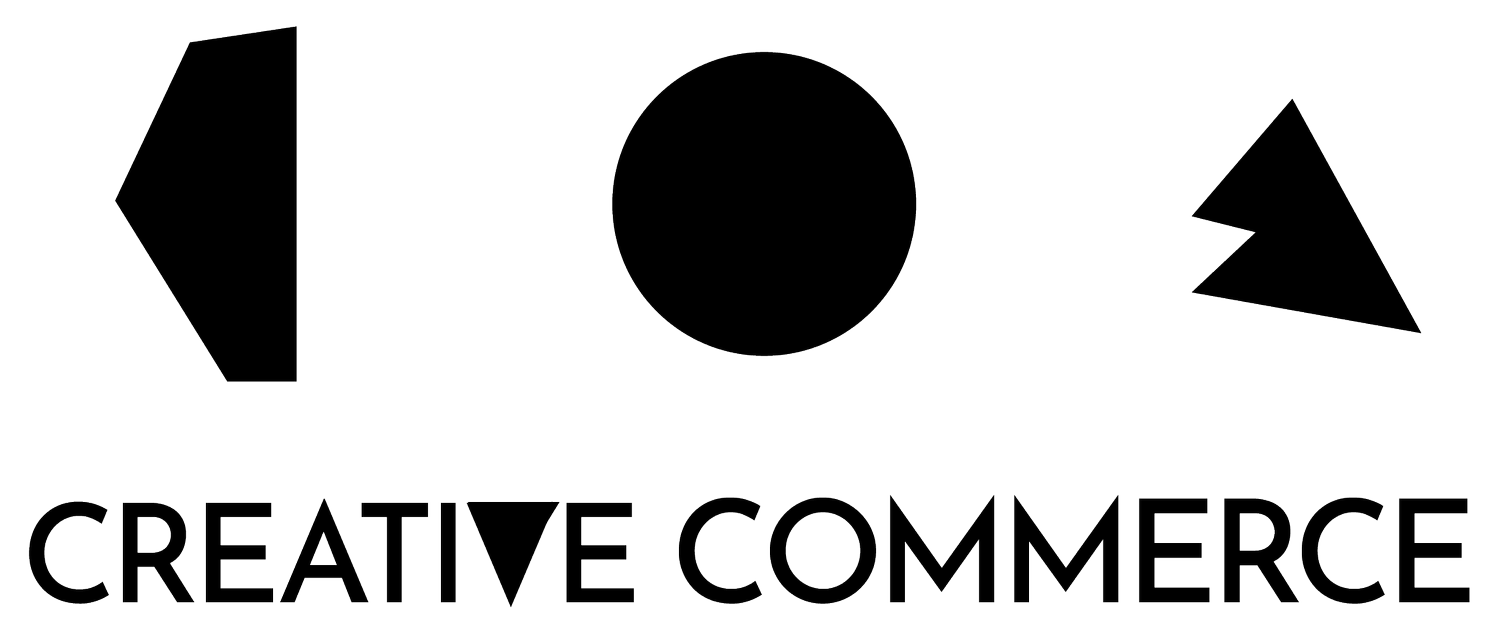Links to the science
behind effectiveness
A 13-part breakdown of the evidence, thinkers, and data that power this approach.
1. Why Fame, Fluency & Feeling?
System1Group boiled it down to three proven factors. Why? Because these three predict long-term business success.
This claim is based on empirical analysis of over 50,000 ads tested globally in System1’s database, where the heuristics of Fame, Fluency, and Feeling were shown to predict long-term market share outcomes with a high degree of accuracy — specifically, a correlation coefficient of +0.9.
References:
Binet & Field, The Long and the Short of It (IPA, 2013)
“Fame increases efficiency ×4” (p.63 summary chart)Orlando Wood, Look Out (System1, 2021) – Fluent Devices build recall and long-term share.
Andrew Tindall, Effectiveness in an Age of Efficiency (System1, 2024) – +0.9 correlation between Fame, Fluency, Feeling and share growth.
Ehrenberg-Bass Institute – DBAs improve salience, choice speed, and ROI.
2. What the Brain Really Responds To
https://marketingscience.info/mental-availability-is-not-awareness-brand-salience-is-not-awareness/
References:
Binet & Field (2013), p.63: “Fame campaigns are most effective.”
Romaniuk & Sharp (2016): “High mental availability = faster growth.”
Romaniuk (2018): “DBAs reduce misattribution.”
Heath (2007): “Emotion builds lasting memory.”
3. Creativity = ROI Superpower
Creative marketing doesn’t just win awards. It wins in the real world.
Hurman (2016): Creative campaigns = 11× more efficient
System1 + LinkedIn (2023): Creative = 5× the ROI
Heath (2007): Emotion drives memory and behaviour
Sources:
The Case for Creativity – Hurman
The Cost of Dull – System1
IPA / Binet & Field – multiple campaigns
4. Effectiveness is Declining
We’re doing marketing more efficiently — but also more ineffectively.
Key Stats:
Effectiveness halved since 2008 (Binet & Field, 2019)
Short-termism is the culprit (LinkedIn B2B, 2021)
Emotionless ads = no growth (System1, 2024)
5. 12× Creative Effect
If you invest in high-quality creative, the upside is enormous.
Insights:
Higher brand metrics, memory, and pricing power
Sources:
WARC (2020), Creative Effectiveness Ladder
IPA (2018), Marketing in the Digital Era
6. We Stand on the Shoulders of Giants
We didn’t invent this. We translated it.
Contributors:
System1: Wood, Evans, Tindall
IPA: Field, Binet
Ehrenberg-Bass: Sharp, Romaniuk
Others: Kahneman, Ritson, Kantar, WARC
7. Brains Don’t Choose “Best”
System 1 chooses fast, emotional, familiar options.
Source: Kahneman (2011), Thinking, Fast and Slow
· Daniel Kahneman (2011) showed that System 1 thinking (fast, emotional, intuitive) governs 90% of daily decisions, including brand choices.
· Effective marketing works with this, using familiarity, fluency, and emotion — not logic or detail — to drive decisions.
“People don’t choose the best brand. They choose the most mentally available one that feels good and familiar.”
— Kahneman, 2011
8. How Marketing Works with Brains
Good marketing fits how people actually decide.
Evidence:
Creative + familiar + emotional = long-term success
12× uplift from emotionally engaging creative (Hurman, 2016)
9. The +0.9 Correlation
Tindall’s System1 research shows it’s not opinion — it’s proven.
Stat: +0.9 correlation between Fame, Fluency, Feeling and share growth
Source: Tindall (2024)
10. The 95:5 Rule
Only 5% of buyers are in-market at any time.
Implication:
You must reach the 95% to grow. Memory = sales later.
Source: Dawes (Ehrenberg-Bass), LinkedIn B2B Institute
11. How Fame Works
Fluent devices + fame work = memory building.
Examples: Meerkats, Kevin the Carrot, Honey Monster
Supporting Work:
How Brands Grow – Sharp (2010)
“Marketing works by building mental availability: making the brand come to mind more easily in buying situations.”
— Sharp, How Brands Grow, 2010The Long and the Short of It – Field & Binet (2013)
“Fame campaigns are the most effective type of campaign in terms of long-term business impact.”
— Binet & Field, The Long and the Short of It, 2013
12. Fluency in Action
Be recognisable and consistent — or you’ll be misattributed.
Stats:
84% of ads are wrongly attributed (Romaniuk, 2018)
“Brands without strong distinctive assets waste up to 84% of their advertising. Branding must be both consistent and unique to work.”
— Romaniuk, Building Distinctive Brand Assets, 2018Fluent devices = 27% more share growth (Wood, 2021)
Heuristic:
“Easy = right” – Reber et al. (2004); Kahneman (2011)
“Processing fluency enhances liking, trust and choice. If it looks and sounds familiar, brains believe it’s right.”
— Kahneman, Thinking, Fast and Slow (2011); Reber et al., 2004
13. Feeling Sells
People don’t choose rationally. They choose emotionally.
Evidence:
Affect Heuristic (Slovic, 2002)
Right-brain ads outperform (Wood, 2021)
Reference Library
Kahneman, D. (2011). Thinking, Fast and Slow. Farrar, Straus and Giroux.
Binet, L. & Field, P. (2013). The Long and the Short of It. IPA.
Hurman, J. (2016). The Case for Creativity. Previously Unavailable.
Romaniuk, J. (2018). Building Distinctive Brand Assets. Oxford University Press.
Sharp, B. (2010). How Brands Grow. Oxford University Press.
Wood, O. (2021). Look Out. System1 Group.
Tindall, A. (2024). Effectiveness in an Age of Efficiency. System1 Group.
Slovic, P. et al. (2002). The Affect Heuristic. Cambridge University Press.
LinkedIn B2B Institute (2021). The 95:5 Rule.
WARC (2020). Creative Effectiveness Ladder.


